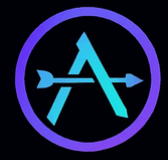1890
Hollerith Punch Card System
Census clerk Helen worried, “Can we finish on time?” until Hollerith’s punch cards and electrical counters delivered the totals.
The 1880 census had taken seven years to compile. Statistician Helen sighed, “We will start the next count before the last one finishes.” Herman Hollerith arrived with carts of punch cards and electric tabulators, inviting the team to test them.
“Each hole routes current through a counter,” he explained while Helen flipped the switch and watched the dials race ahead. The 1890 census wrapped in two years, convincing the bureau that machines could handle sensitive records safely.
Punch cards represented rows and columns with hole positions. Electrodes sensed the holes and triggered mechanical counters, automating what clerks had done by hand. Printed manuals documented which column mapped to which survey question so every field office gathered data consistently.
